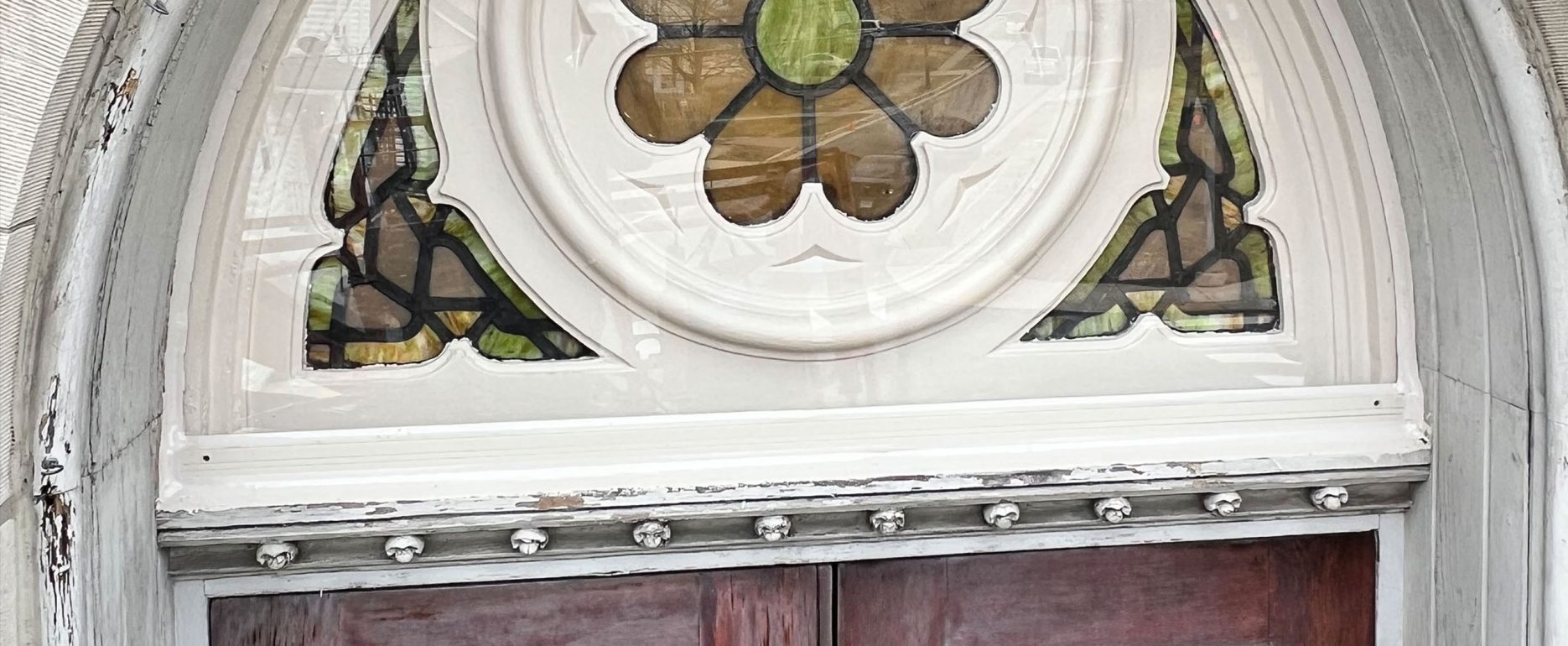
Stained glass doors are more than just functional entryways; they are pieces of art, steeped in history and imbued with cultural significance. Preserving these masterpieces is no small task, and the process presents a unique set of challenges. Whether you’re an architect tackling a historical project, the owner of a heritage building, or a church leader, stained glass door restoration requires a blend of artistry, technical skill, and deep respect for the craft’s history.
At Willet Stained Glass Studios, we’ve mastered the intricate art of stained glass door restoration more than our 125-year history. From cathedrals to historic homes, we’ve encountered (and solved) just about every challenge restoration projects can offer. Below, we’ll guide you through the most common issues in stained glass door restoration and how to address them.
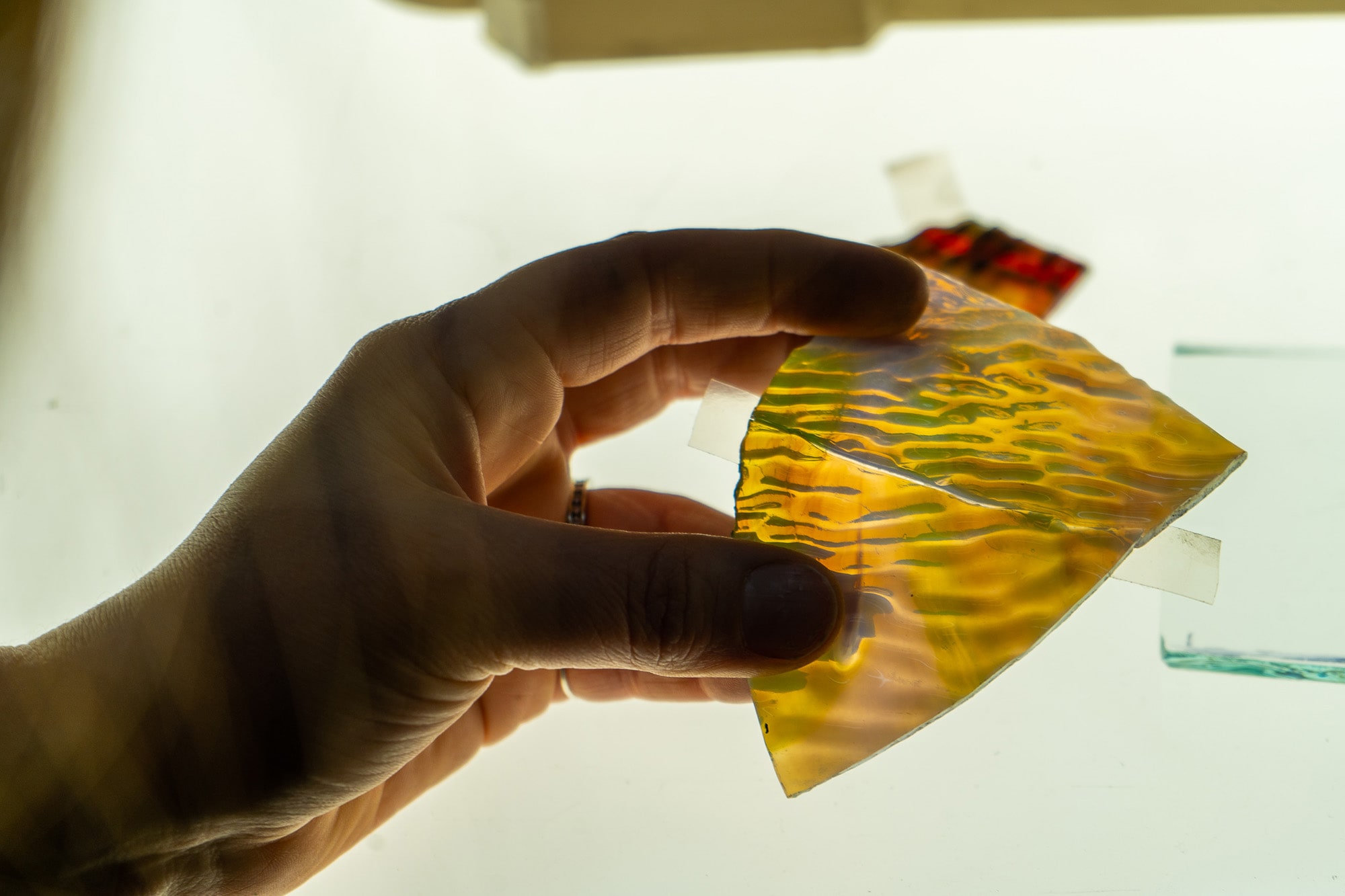
Challenge 1: Matching Historic Glass Types and Colors Seamlessly
When it comes to historic stained glass door restoration, matching existing glass is both an art and a science. No two panes of glass are alike, especially if they were created decades (or centuries) ago using techniques that are no longer standard today. Visual assessment alone is insufficient for a perfect match.
To achieve a seamless match, one must first identify the specific characteristics of the original glass, including texture, transparency, and subtle color variations. This often requires carefully analyzing the glass under natural light and at different angles to appreciate its depth and complexity. Once these elements are understood, sourcing replacement glass becomes a meticulous hunt. Specialty manufacturers and suppliers who focus on traditional techniques can often replicate the hues and textures of historic glass, though the process requires patience and expertise.
Beyond matching the material itself, aging effects such as weathering and patina must also be considered. Historic stained glass doors frequently carry signs of their environment, such as slight surface pitting or a soft sheen that develops over time. These characteristics can be recreated using specialized techniques, ensuring the new pieces integrate harmoniously with the old ones. Careful hand-finishing and the application of gentle aging methods can bridge the gap between past and present, maintaining the authentic spirit of the piece.
Solution
Stained glass door restoration requires meticulous study of the original material. Our artisans analyze the texture, thickness, and refraction properties of the glass, employing archive research and proprietary techniques to source or create materials that are virtually indistinguishable from the original. Having access to rare historic glass reserves and collaborating with specialized glassmakers allows us to achieve a flawless blend with the existing piece.
For professionals working in this field, collaboration often plays a key role. Architects, historians, and conservators may share insights into the style and time period of the original stained glass, providing vital context for the restoration. This collaborative approach not only ensures aesthetic accuracy but also preserves the cultural and historical essence of the work for future generations to admire and cherish.
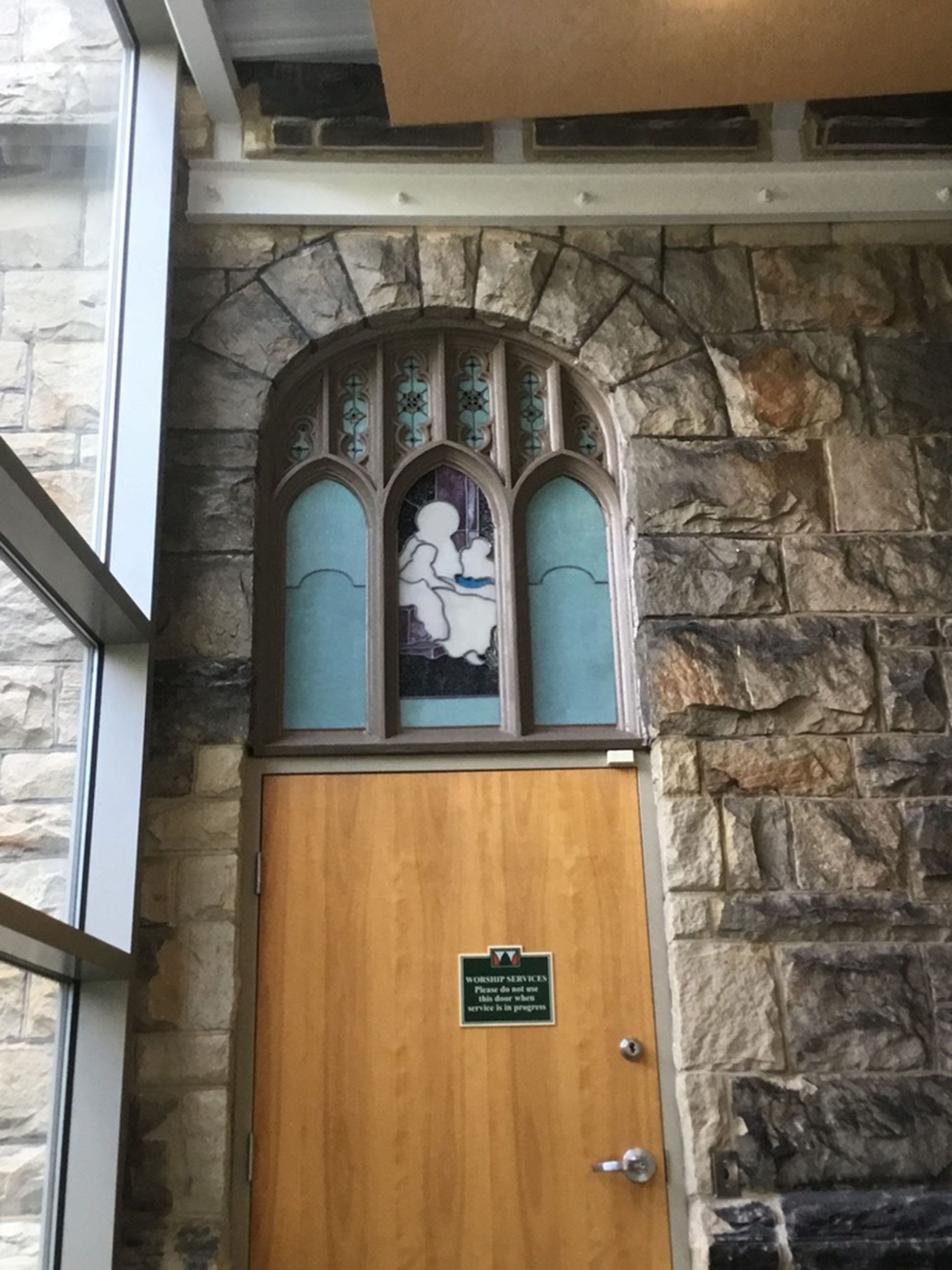
Challenge 2: Addressing Damaged or Deteriorated Door Frames
Over time, door frames that house stained glass can become victims of rot, warping, or structural weakening. Unfortunately, a compromised frame accelerates the degradation of the stained glass itself, placing unnecessary stress on the lead came and surrounding glass.
Solution
Before any restoration work begins on the stained glass door, it’s crucial to stabilize and restore the frame. Restoring structural integrity typically involves repairs or reinforcements with materials that honor the original design. At Willet Stained Glass Studios, our trained teams collaborate with carpenters and metal specialists to ensure frames are prepared to safeguard the restored glass against future wear.
Proper stabilization of the frame not only protects the stained glass but also ensures the longevity of the piece as a whole. Wooden frames, for instance, may require replacing rotted portions or reinforcing with weather-resistant treatments that protect the structure without compromising the aesthetic. For metal frames, corrosion is often a concern and addressing this involves precise cleaning and the application of protective coatings that prolong the material’s durability. These steps are critical in creating a stable foundation for the artistry of the stained glass itself.
Additionally, careful examination of the frame’s joinery and mounting points is paramount, as they bear the weight of the leaded glass panels. Poor alignment or weakened joints can put undue stress on the glass, resulting in cracks or sagging over time. By restoring or recalibrating these elements with great attention to detail, the frame regains its intended form and functionality, preserving the overall integrity of the artwork.
At Willet Stained Glass Studios, we approach this vital stage of restoration with precision and artistry. Each project is treated as a unique canvas, blending traditional craftsmanship with modern techniques to achieve seamless results. By respecting the history of the piece while enhancing its resilience, we honor the intricate relationship between the frame and the stained glass it supports, ensuring it stands the test of time for generations to come.
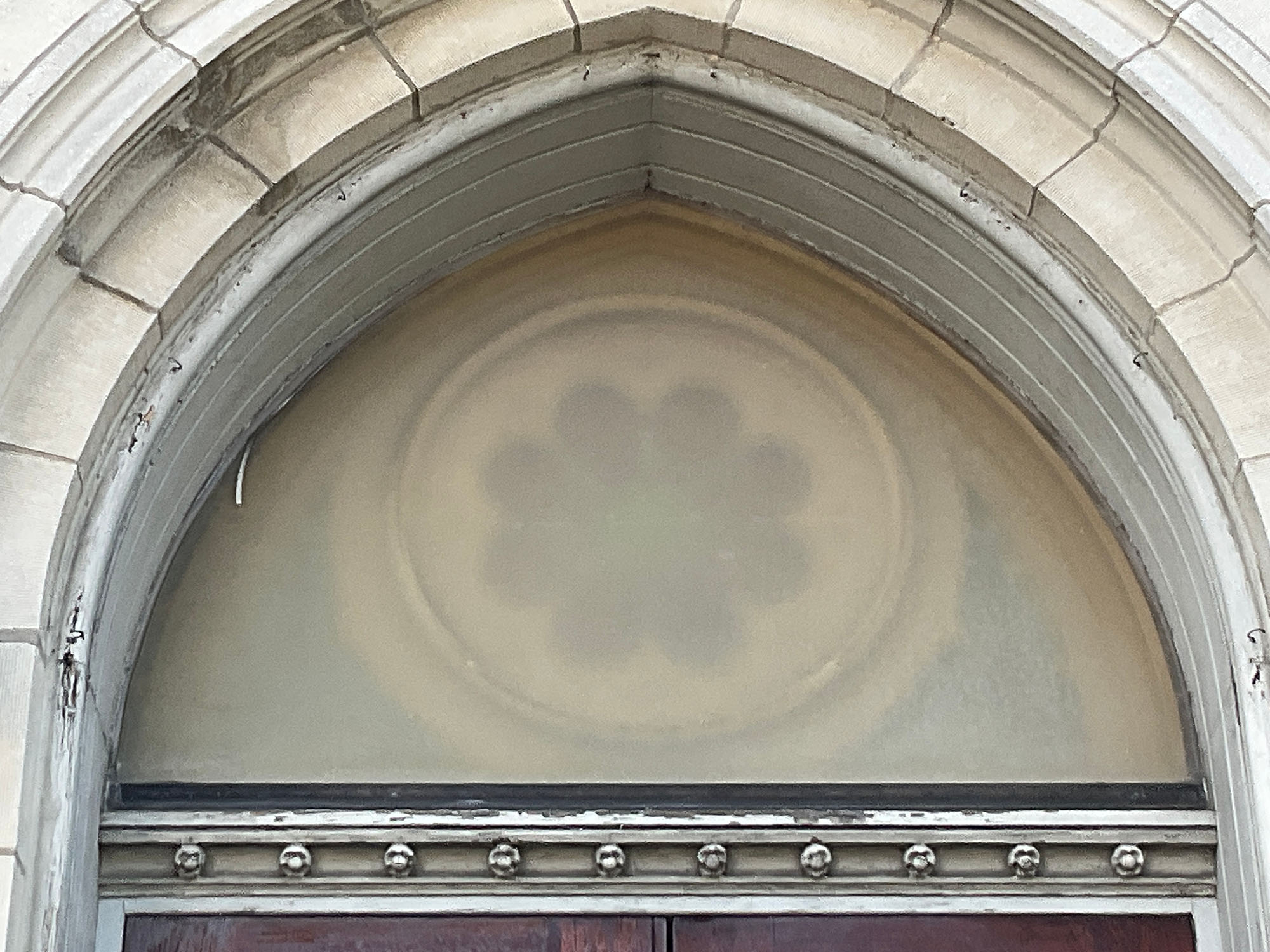
Challenge 3: Protecting Restored Stained Glass from Environmental Damage
Stained glass is beautiful but vulnerable. UV rays can fade colors, general exposure to moisture can damage paint details, and improper ventilation can cause condensation to build up within the panels, leading to corrosion.
Solution
To mitigate these risks, protective glazing is often installed to shield stained glass from environmental harm. This involves placing a layer of durable, transparent material, such as tempered glass or acrylic, on the exterior side of the stained glass. However, this solution must be carefully implemented to avoid unintended consequences, such as trapping heat or moisture between the layers, which could exacerbate damage. Ventilation systems must also be incorporated into the design to allow airflow and prevent the buildup of condensation—protecting the artwork without compromising its integrity.
Another crucial strategy is the application of UV-resistant coatings to the glass itself or to the protective glazing. These coatings help to filter harmful ultraviolet rays, preserving the vivid pigments and intricate detailing of the stained glass. This measure ensures that the artistry remains vibrant and does not dull over time, maintaining the piece’s aesthetic and cultural significance.
Regular maintenance and inspection are equally vital in safeguarding restored stained glass panels. Weather conditions and environmental changes can introduce unforeseen threats, such as shifting frames or structural weaknesses. Periodic evaluations by restoration professionals help to identify and address these issues promptly, ensuring that the stained glass retains its beauty and stability for many years to come. By combining these preventative measures, we can elegantly balance preservation with the delicate nature of this historic art form.
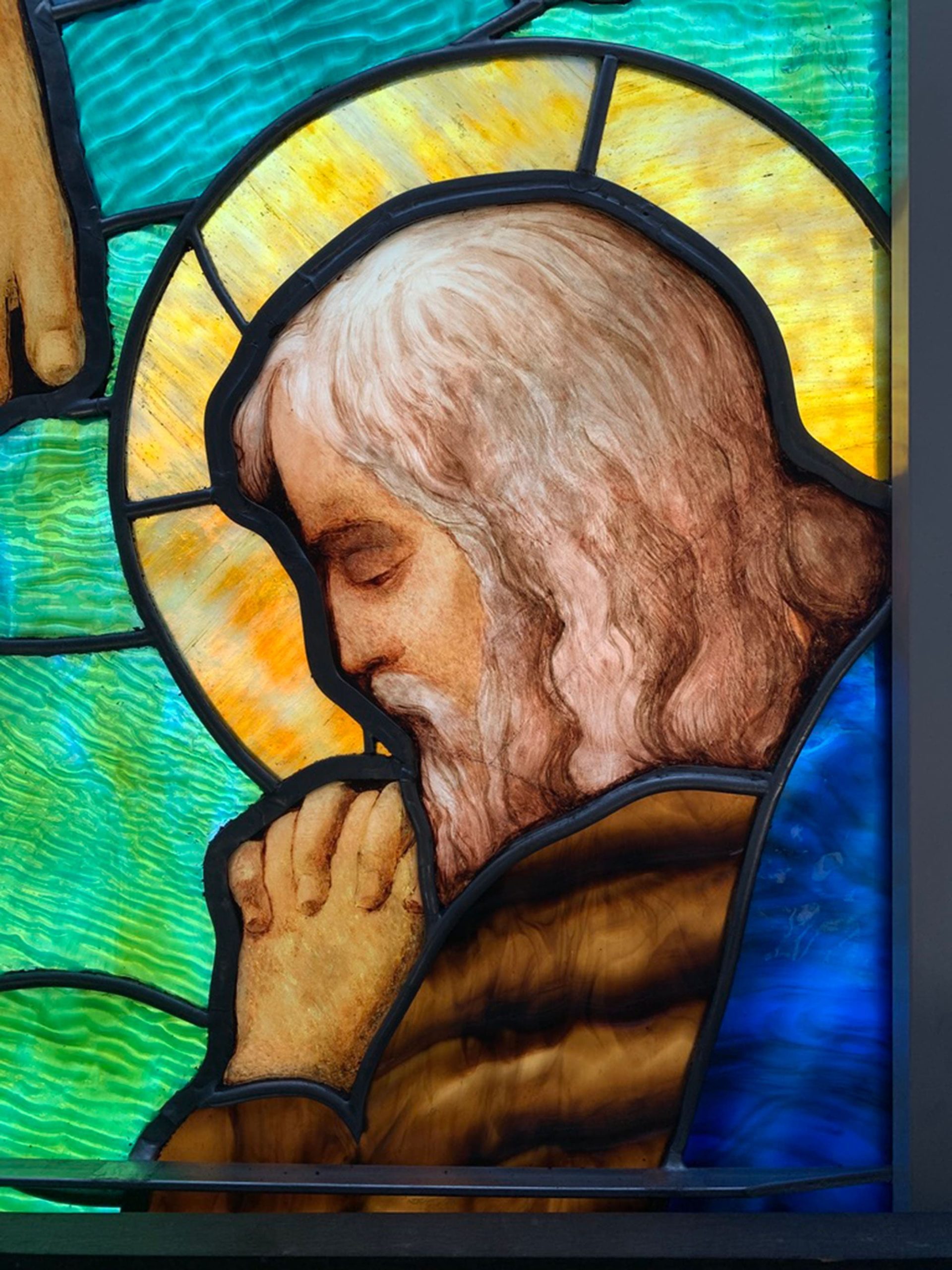
Challenge 4: Restoring Lead Came to Ensure Longevity and Safety
Lead came, the strips that hold glass pieces together, often succumbs to fatigue after decades of supporting the stained glass. This deterioration can result in bowing, cracking, or outright failure of the window structure. For stained glass door restorations, this is particularly concerning because of the frequent movement and pressure from use.
Solution
The stained glass door restoration process begins by carefully disassembling the panel. Each glass piece is individually cleaned and cataloged while the lead came is either repaired or replaced. For updates on highly trafficked doors, our studio offers modern lead came alternatives that resemble traditional materials but provide improved durability. These materials are reinforced to handle frequent movement and deliver added safety without compromising historical accuracy.
The restoration process also emphasizes the importance of color accuracy and detail preservation. Many stained glass pieces exhibit vibrant, intricate hues that were achieved through historic glassmaking techniques. Our studio works with a wide range of specialty glass suppliers to source materials that match the original colors and textures. When necessary, custom glass can be created by skilled artisans to replicate antique designs, ensuring the final restoration aligns seamlessly with the door’s original aesthetic.
Another critical aspect of the restoration is addressing structural integrity. Stained glass doors often experience wear over time, including warped panels or cracked pieces because of age and environmental conditions. Our team meticulously reinforces the framework to ensure that the restored piece withstands future use while remaining visually stunning. For doors in historical settings, this structural stabilization process is approached with the utmost respect for the original craftsmanship, ensuring that no detail is diminished during repairs.
Once the restoration is complete, we provide recommendations on care and maintenance to prolong the life of the stained glass door. Proper cleaning and protection from extreme weather conditions are crucial for maintaining the brilliance and stability of the glass and its framework. Whether the door is installed in a home, church, or historic building, our clients receive the guidance needed to preserve its artistry and functionality for generations to come.
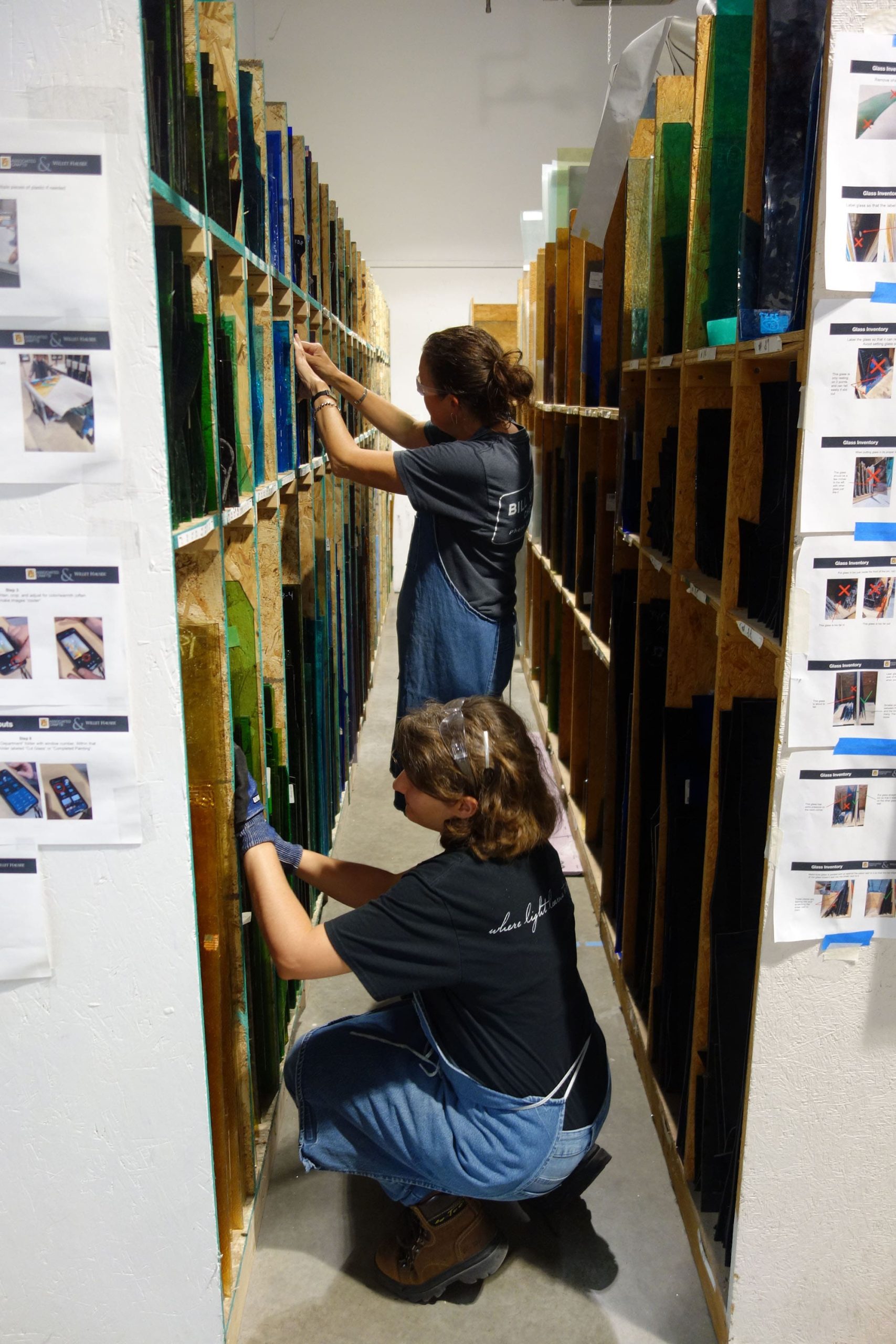
Challenge 5: Navigating Historical Preservation Guidelines
For architects and building owners working on historic properties, adhering to preservation regulations is non-negotiable. From compliance with historical societies to maintaining authenticity, the stakes are high.
Solution
Our expertise extends beyond craftsmanship; we are well-versed in historical preservation guidelines and regulations. Collaborating closely with preservation committees and heritage consultants, we ensure our stained glass door restoration process aligns with every project’s specific requirements. Our detailed documentation and proposals offer stakeholders complete transparency, simplifying the approval process.
Willet Stained Glass Studios takes pride in balancing meticulous restoration with compliance, ensuring every door we restore retains its legacy while meeting modern standards.
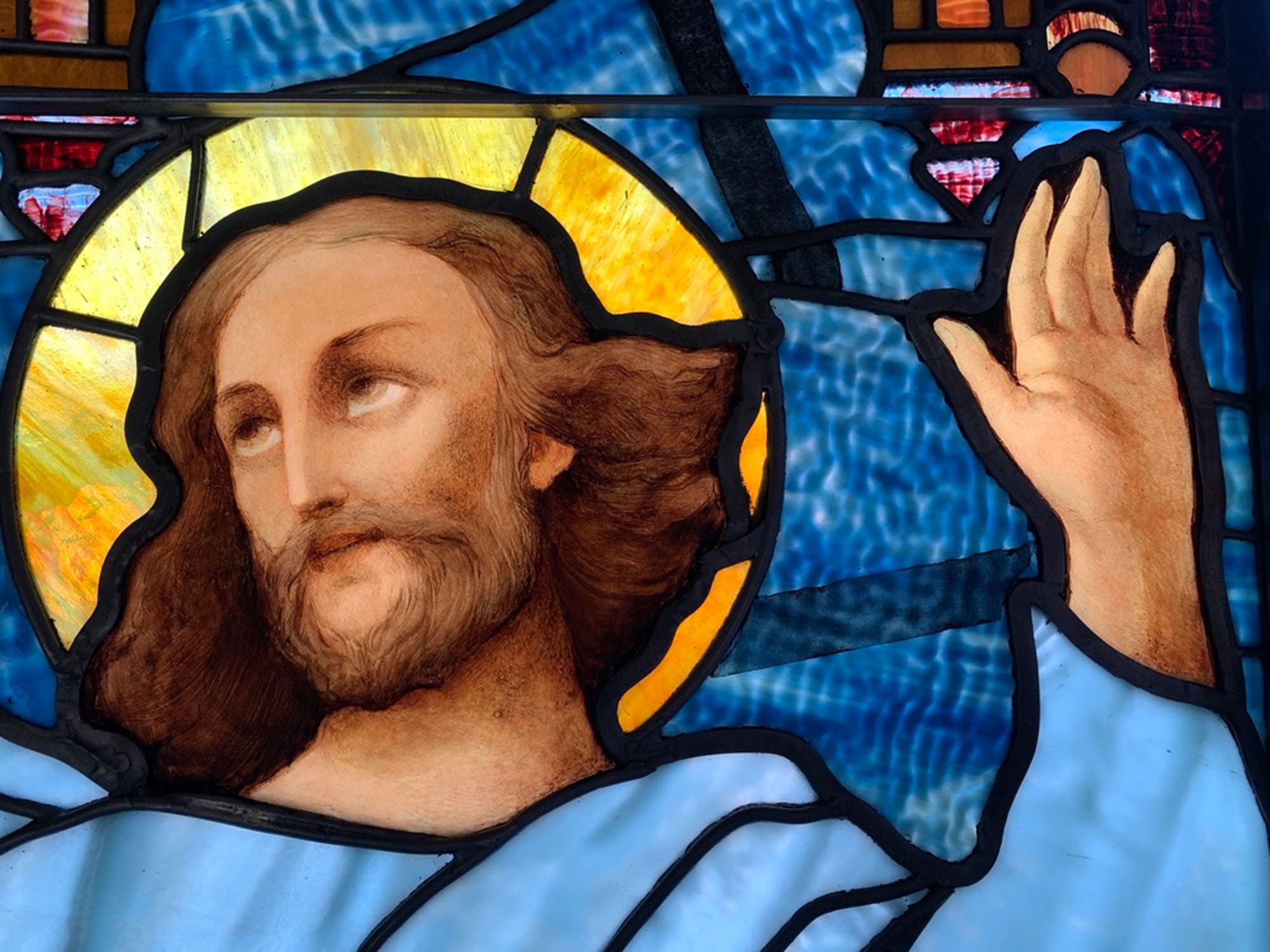
What Makes a Restoration Successful?
At Willet Stained Glass Studios, we believe stained glass door restoration is more than just repairing what is broken; it is about breathing life back into history. A successful restoration achieves:
- Seamless Integration: Restored glass blends effortlessly with the preserved pieces, maintaining the artwork’s integrity.
- Structural Stability: Frames and came provide enduring support to protect the artistry.
- Protection from Harm: Modern innovations like UV-resistant protective glazing ensure the work can be enjoyed for generations with minimal wear.
- Commitment to Historical Authenticity: By honoring tradition, each restoration keeps the story of the past alive.
Why Choose Willet Stained Glass Studios?
With more than 125 years of artistry shaping our reputation, Willet Stained Glass Studios is more than a service provider; we are your preservation partner. Our team comprises some of the most skilled artisans in the industry, equipped with both the creativity and technical expertise to manage even the most complex of restorations. From free inspections and appraisals to providing custom solutions, we’ve served more than 36,000 iconic buildings worldwide.
Secure the Legacy of Your Stained Glass Door
Stained glass doors tell stories, and we are here to ensure that yours continues to inspire for decades to come through proper restoration. Don’t just restore beauty; preserve history.
Whether you’re an architect planning a restoration, a historical property owner looking for a trusted partner, or a church leader wanting to preserve the sacred heritage of your stained glass doors, Willet Stained Glass Studios is your restoration partner.
Schedule your free inspection and appraisal today and see how our expertise can transform and protect your stained glass doors for generations.







